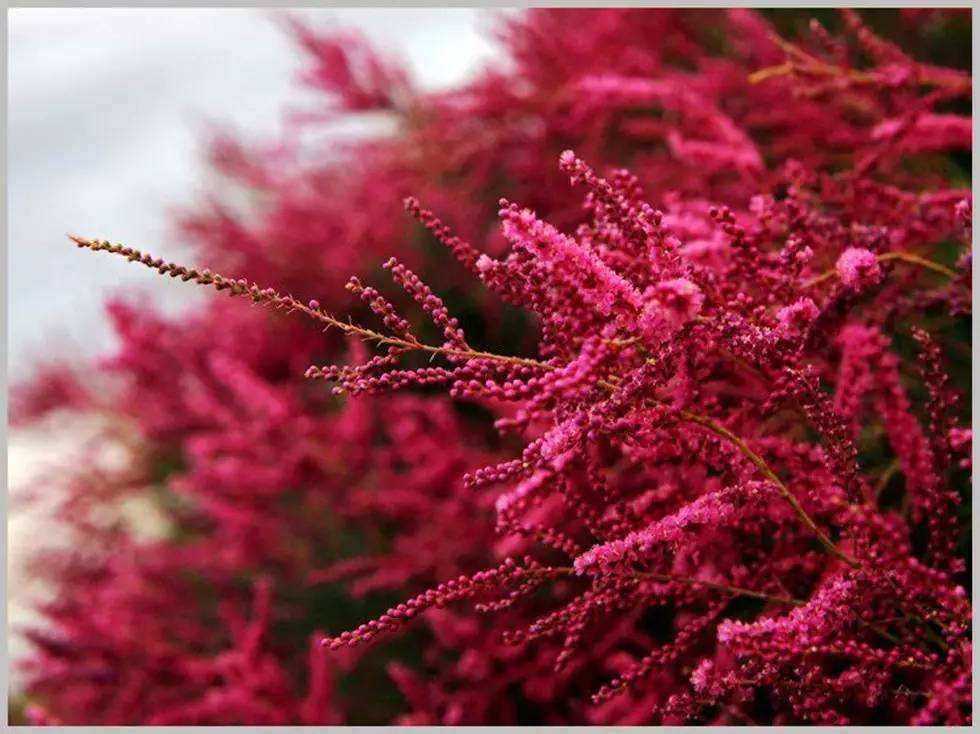Tamarix ramosissima seed

Grow in average, dry to medium, well-drained soil in full sun. Best in sandy loams. Wide range of soil tolerance including somewhat poor soils of low fertility. Valued plant for sea shore areas because of tolerance for salt. Prune as needed in late winter to early spring. This is a rapid-grower that blooms on new wood. Can be pruned back hard, including to within several inches of the ground, in late winter each year (as with Buddleja) in order to keep plant compact and to promote better form and growth
Tamarix ramosissima, known as tamarisk, tamarix or saltcedar, is a graceful open deciduous thicket-forming shrub or small tree typically growing 6-15’ tall. This is an unusual plant because it features fine-textured, juniper-like foliage, but is neither evergreen nor coniferous, producing true flowers. Its primary ornamental features are: (a) reddish, slender, arching branchlets, (b) pale gray-green scale-like leaves and (c) plumes (dense feathery racemes) of pink 5-petaled flowers over a long early to mid-summer bloom. Fruits are dry capsules that split open when ripe to release abundant seeds. Although native to Europe and Asia, tamarisk has escaped cultivation and naturalized along floodplains, riverbanks, ditches, marshes, waste areas and roadsides in many areas of the West, Southwest and Great Plains. In warm winter climates, it has become a noxious weed, typically forming dense impenetrable thickets that often crowd out native plants. It has become the subject of a number of eradication programs, particularly in watersheds of the Southwest where it tends to colonize along rivers and streams, dropping seed into the water for distribution and further colonization downstream
